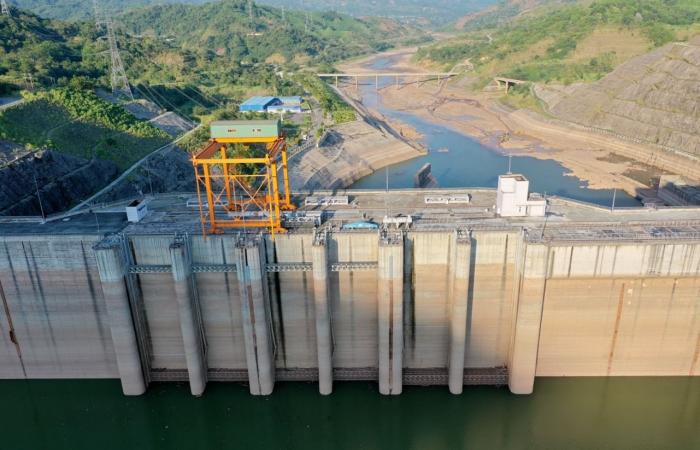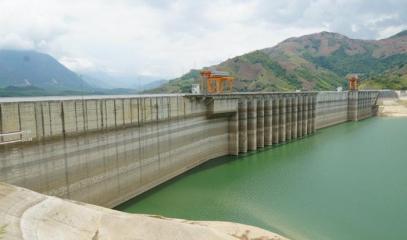Drought dries up Vietnam’s power supplies
Water in the country's main reservoirs has fallen to an alarming level. Power plants cannot guarantee full operation, negatively impacting manufacturing plants, fishers, and farmers alike. The government’s power development plan has raised many doubts about its feasibility.
Hanoi (AsiaNews) – After last month's heat waves, Vietnam is now experiencing a severe drought that is causing power outages to homes and businesses.
Due to water shortages, two of the three largest hydroelectric power plants in the country, in the north-western provinces of Son La and Lai Chau, have almost completely stopped working.
The rains of the last two days have done little to change the situation ; the current levels of the two reservoirs can generate power for only 50 and 90 hours.
At Thac Ba power station in Yen Bai province, 160 km north of Hanoi, water in the reservoir has fallen to its lowest point in 20 years.
To cut consumption and avoid overloading the national electricity grid, local authorities have had to turn off streetlights in some major cities.
In early June, water in the Son La reservoir dropped 30-40 meters below the threshold needed to operate the plant. As a result, six engineers are working round the clock to keep the turbines in a state of readiness to generate power when required.
“This is the first time that both the Son La Hydroelectric Plant and the Lai Chau Hydroelectric Plant have been operating below the dead water level,” said Khuong The Anh, director of the Son La Hydroelectric Company, speaking to a local newspaper.
Last year, the monsoon season ended early, resulting in lower water storage in the reservoirs. Thus, the river inflow to the two reservoirs was only 51 per cent compared to the same period in 2022, he explained.
The drought has affected manufacturing plants that need power to keep going, as well as fishers, farmers, and livestock breeders, who are deeply concerned.
“Normally, I can earn up to three million dong (US$ 130) per month from fishing on the lake, but now there is nothing for me,” said Phuong, 42. Even her buffaloes are suffering, no longer able to take a proper bath in the shallow waters.
“We use water from a nearby well for our paddy field. This year, it has dried up,” she lamented. “So if things will continue like this, I’m afraid we won’t have water to use for our daily life.”
Vietnam’s national energy plan, or Power Development Plan 8 or PDP8, is aimed at switching to clean energy – 50 per cent from renewable sources (hydro, solar); 25 per cent from natural gas – to drastically cut dependence on coal-fired plants, with a ban on new constructions in 2030, with phasing out by 2050.
Despite such ambitious goals, the plan has raised doubts among experts, over funding for a start. The plan in fact calls for investments worth US$ 135 billion in new power plants and electricity grids over the next seven years.
The arrest of at least five environmental activists in the last two years has already led to scepticism, as well as criticism of the government’s commitment to energy transition.
In July last year, Vietnam enshrined in law a pledge to reach net-zero emissions by 2050. Late last year, the Group of Seven advanced economies promised to help it as a part of a Just Energy Transition Partnership (JETP).
31/08/2004
21/05/2024 14:40








.png)










